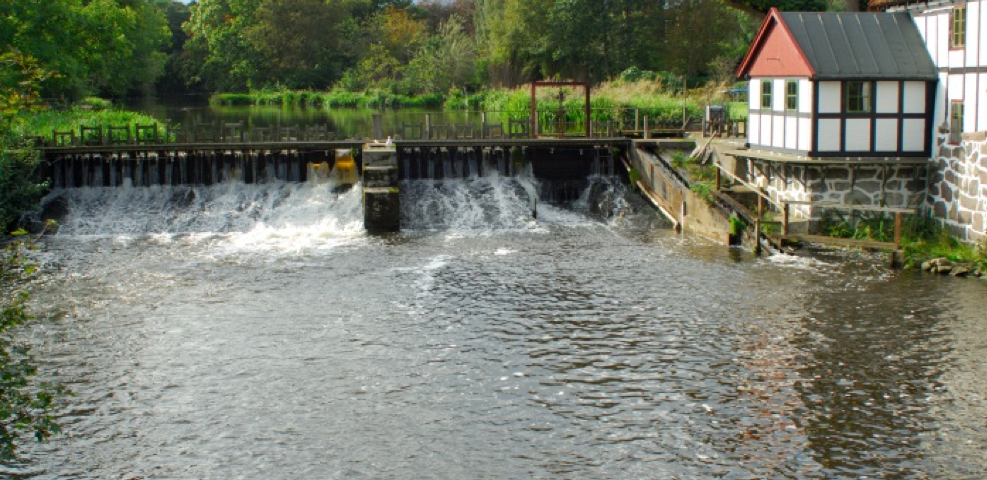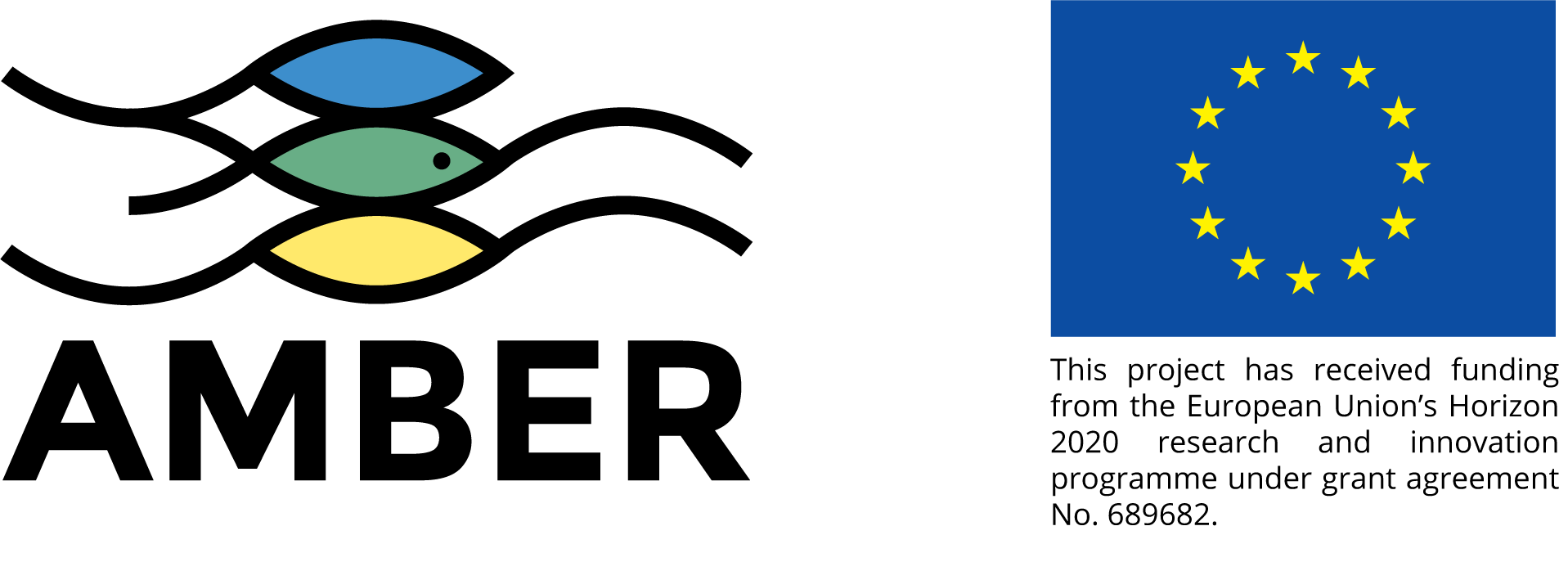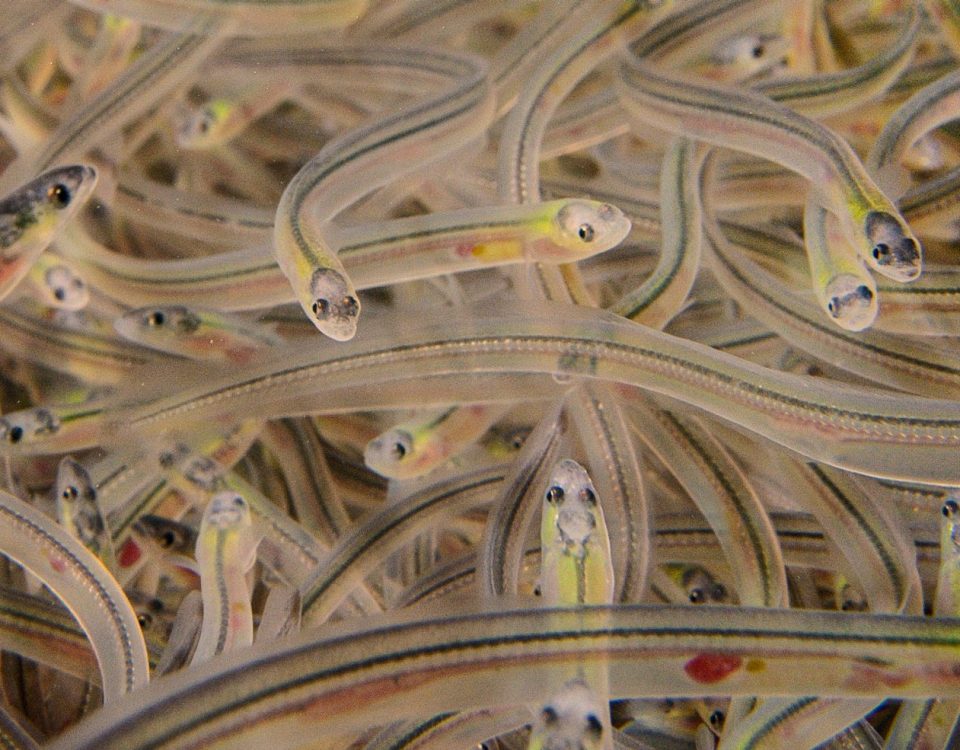A Big Win-Win – Making both fish and people happy by removing barriers

Drone survey for the Upper Garry (River Ness)
February 27, 2018
Launch of the Barrier Tracker app celebrated in the Netherlands with the Happy Fish On Tour
April 22, 2018
Author
Kim Birnie-Gauvin
New study shows huge increase in fish following barrier removal, with positive effects at a whole-system level, not just at a local scale
Section for Freshwater Fisheries and Ecology, National Institute of Aquatic Resources, DTU Aqua Artificial barriers come in a wide range of shapes and sizes; from the Three Gorges Dam in River Yangtze, China, with a ponded zone of 1084km2 to the smaller weirs found in the lowland streams of Denmark. The consequences imposed by barriers are obviously more extensive for larger dams, but even smaller structures have significant effects on fish distribution and abundance, as well as on the habitat they live in (read more here). These threats include hindering passage during upstream and downstream migrations, injuries, and death. In some cases, barriers have even led to extinctions of local populations. The time to act is now. Various mitigation measures have been put in place and developed over the last few decades to reduce the aforementioned threats. Different fish passage structures have been implemented; in some cases, fish are even physically moved upstream by people! But no matter what, these approaches do not solve the underlying problems. At best, they will function as partial solutions. Some fish will die or become injured despite having a fishpass. Some fish will not make it upstream or downstream past the barrier. The habitat upstream of the barrier remains completely inadequate for spawning. What is the best way to address this? By removing the barrier.
The results of a recent study highlight the positive effects of complete barrier removal. Over the last 30 years, the brown trout (Salmo trutta) density was monitored both upstream and downstream of a small hydropower dam. Ever since the dam was removed in 2008, the trout density has been increasing, with a huge surge in young of the year trout. The removal also reestablished the natural habitat quality upstream of the dam, which is excellent for spawning. Adult fish can now swim freely upstream and spawn. Young fish can emerge from the eggs without being smothered by sand, which was previously the case as a direct consequence of the dam. Young fish are now able to freely migrate downstream too. The number of adult trout found in a lake in which the river runs has also increased, making anglers happy as well. Why not remove the barriers where possible? It’s good for the fish, and the people.
The project is partly funded by the National Danish Fish License funds and Horizon 2020 project AMBER (Adaptive Management of Barriers in European Rivers).
Read the full story here
Reference: Birnie-Gauvin, K., Larsen, M. H., Nielsen, J., & Aarestrup, K. (2017). 30 years of data reveal dramatic increase in abundance of brown trout following the removal of a small hydrodam. Journal of Environmental Management, 204, 467-471.




